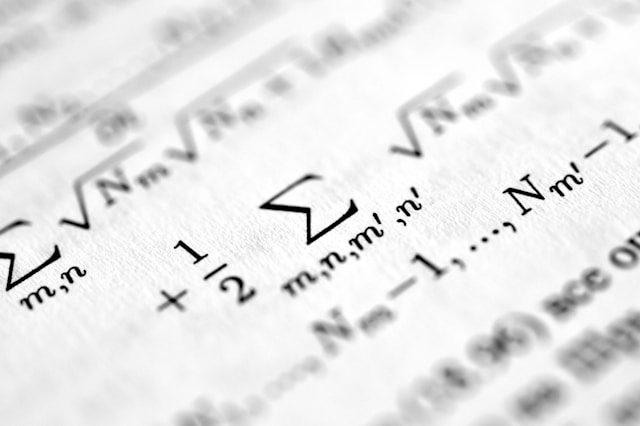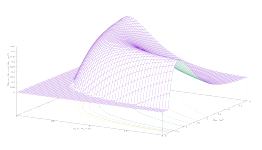
https://unsplash.com/photos/a-close-up-of-a-sheet-of-paper-with-numbers-on-it-5z70PsbFCMM?utm_content=creditShareLink&utm_medium=referral&utm_source=unsplash
Degeneration occurs when two or more independent wave functions have the same eigenvalue.
It is said that n functions f_ {1}, f_ {2,} \ldots, f_ {n} are linearly independent if the condition
\sum_{i}c_{i}f_{i}=0It is satisfied when all the constants c_ {i} are equal to zero.
The degree of degeneration of a system is the number of linearly independent functions with the same eigenvalue.
Theorem. Any linear combination of n functions of a degenerate level of energy E is also an eigenfunction of the Hamiltonian with energy E.
The proof is straightforward:
\hat{H}\psi_{1}=E\psi_{1},\hat{H}\psi_{2}=E\psi_{2},\ldots,\hat{H}\psi_{n}=E\psi_{n}\varphi=\sum_{i}c_{i}\psi_{i}\hat{H}\varphi=\hat{H}\sum_{i}c_{i}\psi_{i}=E\sum_{i}c_{i}\psi_{i}\hat{H}\sum_{i}c_{i}\psi_{i}=\sum_{i}c_{i}\hat{H}\psi_{i}=\sum_{i}c_{i}E\psi_{i}=E\sum_{i}c_{i}\psi_{i}=E\varphi





